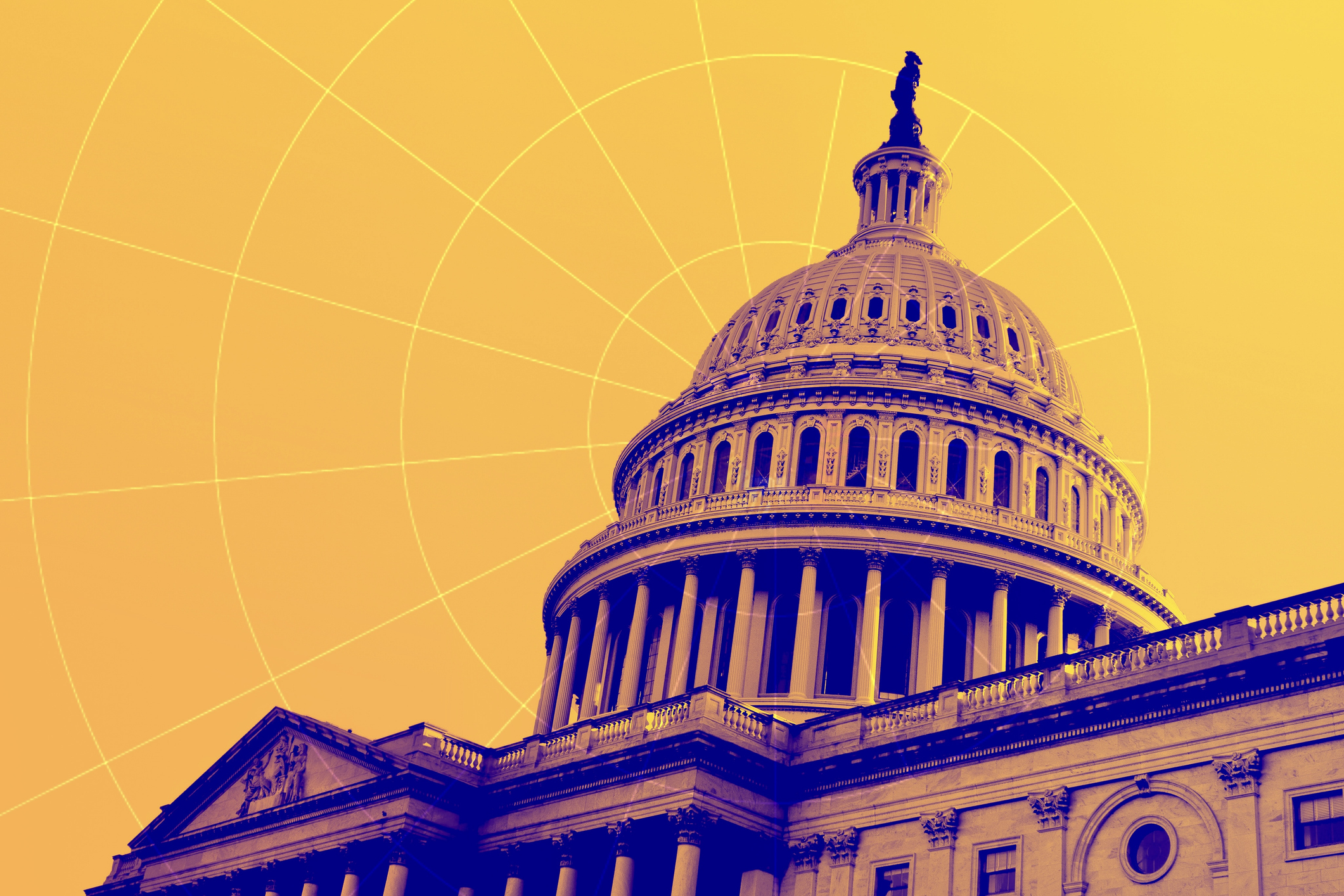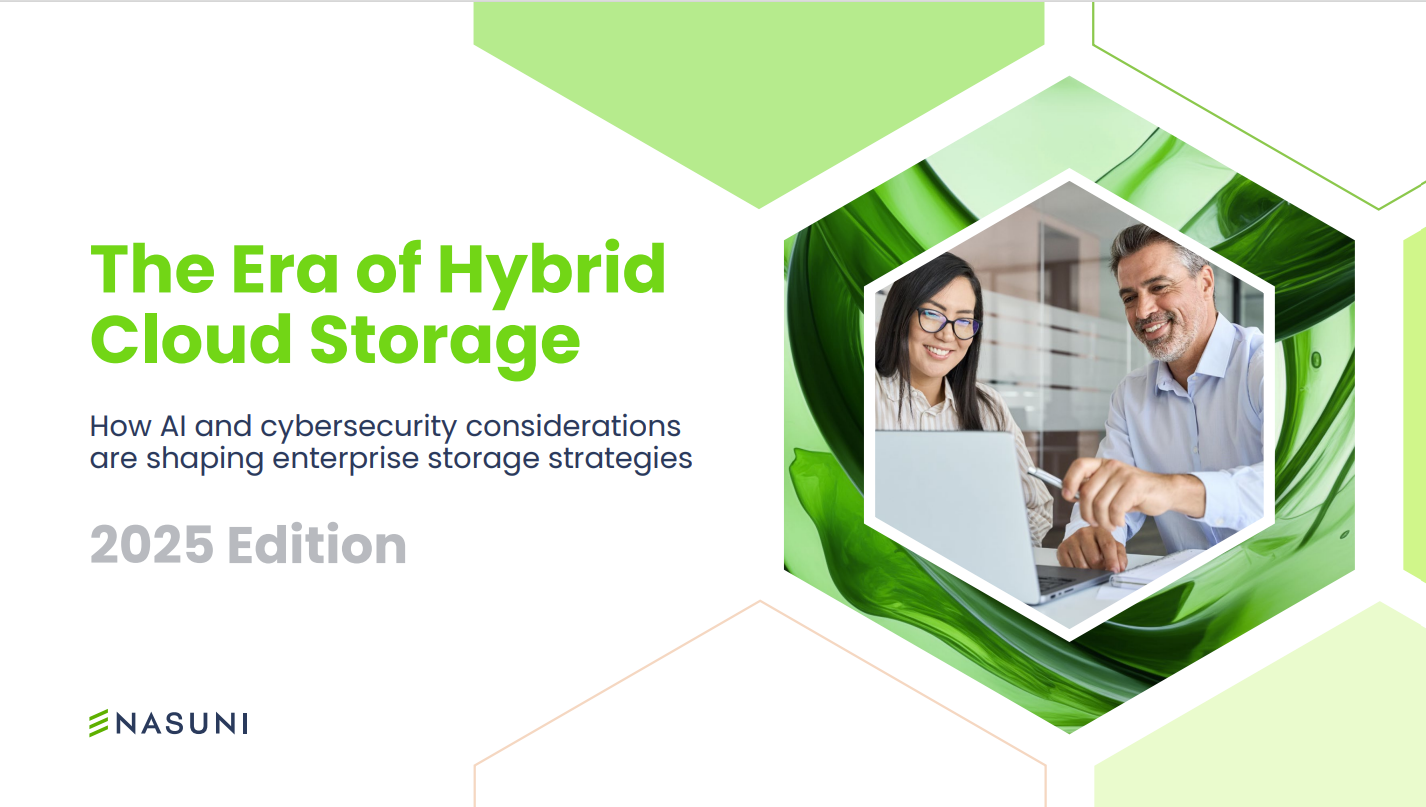Gartner: Top 10 disruptive technologies
The analyst house says web mashups, social networking and mulitcore processors will be the biggest factors in IT.

Gartner has pin-pointed 10 disruptive technologies that will affect the IT landscape in the next five years in its latest report.
The analyst firm found that as organisations look to improve employee collaboration, certain features will change in the industry.
One such aspect is IT applications, which Gartner said will mirror features found in consumer social software.
Gartner analyst David Cearley asserts that social networks, such as MySpace and Facebook will become beneficial to both employees and customers.
"Social software provides a platform that encourages participation and feedback from employees and customers alike," he said. "The added value for businesses is being able to collect this feedback into a single point that reflects collective attitudes, which can help shape a business strategy."
Gartner also found that multicore and hybrid processors were pushing the possibilities of software forward, although single-threaded applications will not be able to take advantage of their power.
According to Cearley, enterprises should therefore "perform an audit to identify applications that will need remediation to continue to meet service-level requirements in the multicore era."
Get the ITPro daily newsletter
Sign up today and you will receive a free copy of our Future Focus 2025 report - the leading guidance on AI, cybersecurity and other IT challenges as per 700+ senior executives
By 2010 Gartner predicts that web mashups, which mix content from publicly available sources, will be the dominant model for the creation for new enterprise applications.
"Because mashups can be created quickly and easily, they create possibilities for a new class of short-term or disposable applications that would not normally attract development dollars," Cearley said.
"The ability to combine information into a common dashboard or visualise it using geo-location or mapping software is extremely powerful," said Cearley.
Gartner's report also claimed that between 2008 and 2012 we will see information presented via new user interfaces, such as organic light-emitting displays, digital paper and billboards, holographic and 3D imaging and smart fabric.
In addition, Gartner noted other disruptive factors for the IT industry, including virtualisation and fabric computing, cloud computing and platforms, ubiquitous computing, contextual computing, augmented reality and semantics.
-
 The creator effect: Shaping the future of travel
The creator effect: Shaping the future of travelWhitepaper The way forward for the travel sector
By ITPro
-
 Nearly half of all digital initiatives still fail – here’s how you can learn from the ‘digital vanguard’ and deliver success
Nearly half of all digital initiatives still fail – here’s how you can learn from the ‘digital vanguard’ and deliver successNews With most digital initiatives are failing to deliver, CIOs are urged to work more closely with other executives
By Emma Woollacott
-
 IT services spending set to surge in 2025 as CIOs shift to AI partner solutions
IT services spending set to surge in 2025 as CIOs shift to AI partner solutionsNews Organizations are set to shift from buying generative AI solutions to implementing partner solutions, according to Gartner
By Ross Kelly
-
 Businesses still don’t know who’s accountable for AI at executive level
Businesses still don’t know who’s accountable for AI at executive levelNews Executives are unclear on where the buck stops in terms of AI management
By George Fitzmaurice
-
 Gartner reveals the top trends for government technology use in 2024
Gartner reveals the top trends for government technology use in 2024News Five key areas that public sector CIOs will need to address to improve citizen services
By Emma Woollacott
-
 Return to office mandates can be divisive - here are three things business leaders can do to help smooth the transition
Return to office mandates can be divisive - here are three things business leaders can do to help smooth the transitionAnalysis With return to office mandates having sparked major spats between workers and employers, leaders need to consider how they can make changes attractive and effective
By George Fitzmaurice
-
 Global IT spending set to reach $5 trillion in 2024 amid optimistic industry outlook
Global IT spending set to reach $5 trillion in 2024 amid optimistic industry outlookNews IT spending growth in 2024 is expected to be more than double that of 2023
By George Fitzmaurice
-
 What will drive IT spending in 2024?
What will drive IT spending in 2024?In-depth Generative AI spending is unlikely to be high despite the hype, but sustainable technology will become a bigger priority.
By Rich McEachran

